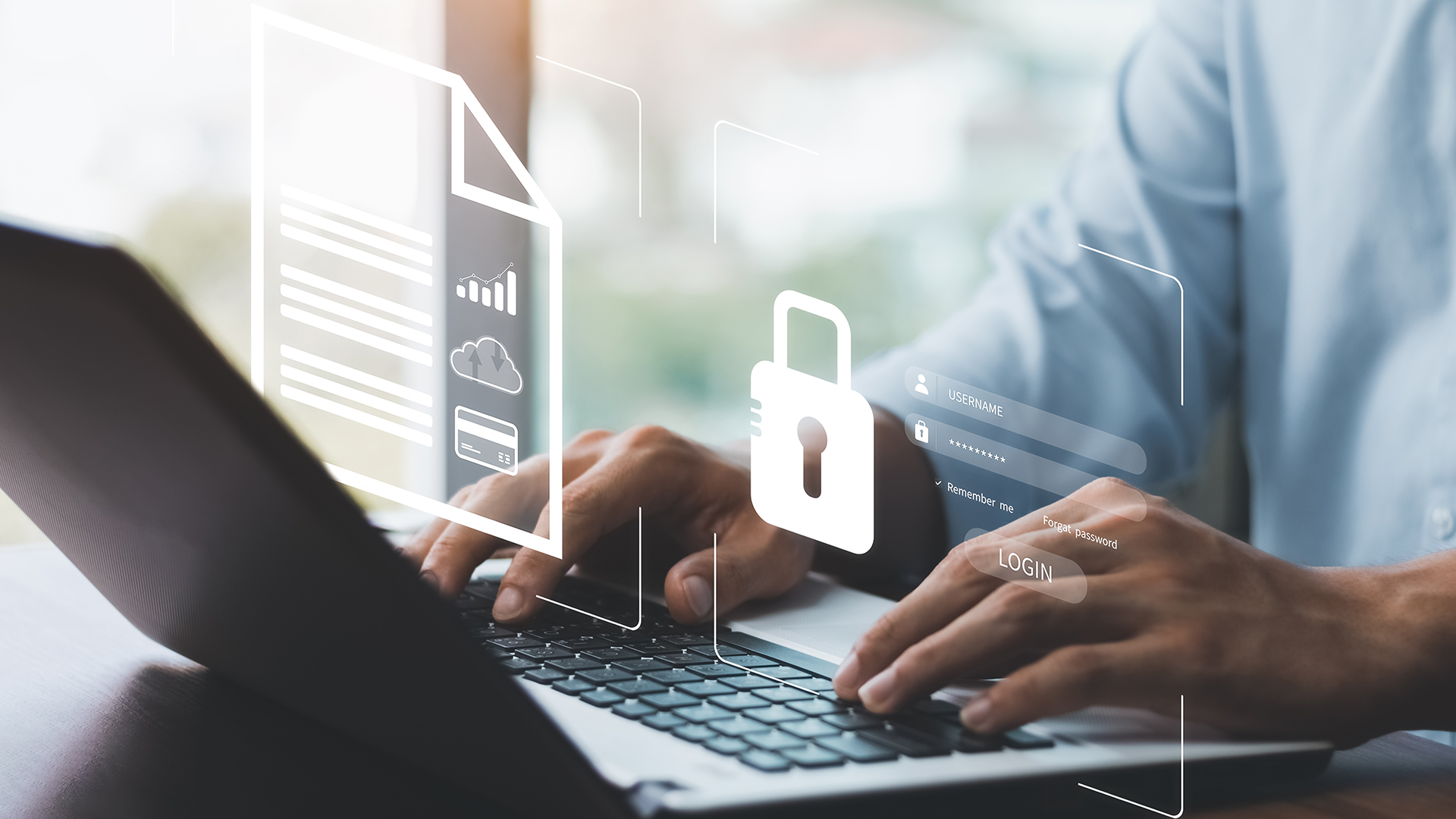Email encryption is increasingly being utilized as a security measure to achieve HIPAA compliance. This technology offers an array of benefits for any organization, from improved data protection and privacy enforcement to enhanced patient confidentiality. One advantage of email encryption is that it helps protect against unauthorized access or disclosure of Protected Health Information (PHI). Additionally, secure Multipurpose Internet Mail Extensions (MIME) can prevent PHI from falling into the wrong hands by securing emails during transmission over public networks.
The second significant benefit of implementing email encryption is its ability to reduce costs associated with potential breaches. By encrypting PHI before sending it out, organizations can minimize their risk exposure while avoiding costly penalties imposed due to non-compliance with HIPAA regulations. This is especially important in light of recent changes to HIPAA, which now require companies to report all incidents involving unsecured protected health information within 60 days. Furthermore, email encryption reduces administrative overhead for manual tasks such as tracking lost or stolen records containing sensitive data. Therefore, using encrypted messages provides multiple advantages in complying with HIPAA, cost savings, and improved efficiency when dealing with confidential information.
Transport Layer Security (TLS)
Transport Layer Security (TLS) is a significant component when implementing email encryption to achieve HIPAA compliance. TLS, also known as Secure Sockets Layer (SSL), is an internet protocol that provides secure communication between two applications across the internet or other networks. The purpose of this protocol is for authentication and data integrity protection. It works by establishing a private connection between devices using asymmetric cryptography. This involves exchanging digital certificates from both sides to authenticate each device’s identity before allowing any encrypted messages to be sent or received. This ensures that personal health information (PHI) will not be compromised during transmission over the network, which is essential for maintaining HIPAA compliance. Due to its effectiveness, TLS has become the gold standard for encrypting emails containing PHI. It is one of the most critical elements of achieving HIPAA compliance through email encryption protocols.
Securing Emails With Mime
MIME (Multipurpose Internet Mail Extensions) is a standard protocol to secure emails. It allows emails to be protected by encryption, which is necessary for achieving HIPAA compliance. Encryption ensures that only the intended recipient can access and read an email.
The MIME protocol supports numerous security protocols and algorithms to encrypt an email, such as:
- Security Protocols:
- TLS/SSL (Transport Layer Security/Secure Socket Layer)
- PGP (Pretty Good Privacy)
- Algorithms Used:
- AES256-GCM (Advanced Encryption Standard 256-bit Galois Counter Mode)
- RSA (Rivest–Shamir–Adleman Cryptosystem)
Organizations can use MIME encryption techniques to comply with legal requirements and ensure the security of their data. These techniques allow organizations to securely transmit sensitive information over unsecured networks without fear of unauthorized access or interception. Additionally, they can authenticate messages, so recipients know where the news has come from and whether it is legitimate.
Utilizing Public Key Cryptography
Public Key Cryptography (PKC) is a type of encryption involving public and private keys. The public Key encrypts data, while the private Key is used for decryption. PKC allows individuals or organizations to securely send and receive encrypted messages without sharing their private Keys with anyone else. This makes it ideal for situations where multiple parties need to communicate securely, such as in healthcare settings when physicians send medical records between themselves and other providers.
To ensure HIPAA compliance, using PKC requires additional considerations. In particular, security controls should be implemented to protect public and private keys from unauthorized access or malicious attacks. Additionally, an appropriate algorithm must be chosen based on the amount of security desired; more robust algorithms require more computing power but offer excellent protection against attack or intrusion. Finally, regular maintenance should be performed to maintain the system’s integrity and ensure that all keys remain valid over time.
Ensuring End-To-End Encryption
Email encryption is a critical component of achieving HIPAA compliance. It should be used to ensure that the data sent and received remains secure and only viewable by authorized personnel. End-to-end encryption provides an extra layer of security for emails. It ensures all data is encrypted while in transit and stored on the server without its contents being visible to outside parties.
Organizations must use specific tools such as Transport Layer Security (TLS) or Secure Sockets Layer (SSL) to achieve this type of encryption. TLS encrypts the connection between two computers so that information cannot be intercepted during transmission. SSL encrypts communication between two machines but does not require additional authentication as TLS does. Both types can provide high levels of security when implemented correctly, though they may need different configurations depending on their environment. Organizations should evaluate which protocol best meets their needs before implementing end-to-end email encryption.


